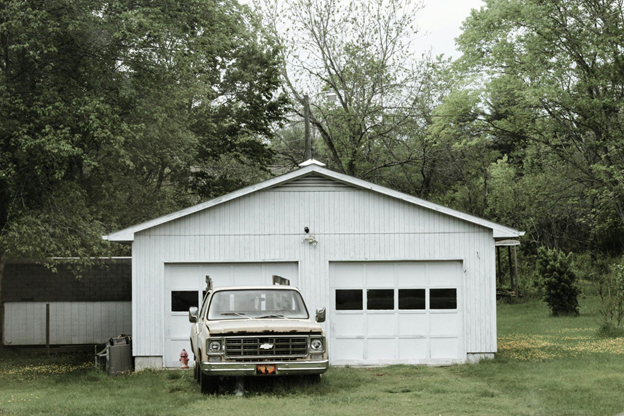Introduction
Your garage serves as more than just a space to park your car; it’s a functional extension of your home that requires attention and care. One of the most critical aspects of garage maintenance is ensuring the integrity of its concrete floor.
Over time, concrete floors can deteriorate due to various factors, including heavy use, temperature fluctuations, and moisture exposure. In this comprehensive guide, we’ll explore concrete garage floor repair and maintenance to enhance their longevity and aesthetic appeal.
Understanding the Importance of Concrete Floor Repair
A damaged or unrepaired garage floor not only becomes a cause of problem but also detracts from the overall look of your space. It also poses safety hazards and can lead to further issues if left untreated.
Cracks, spalling, and uneven surfaces can create tripping hazards, compromise vehicle stability, and allow moisture to seep into the concrete, exacerbating damage over time.
By addressing these issues promptly and effectively, you can ensure a safer and more durable garage environment for yourself and your family.
Assessment and Diagnosis
Before embarking on any repair efforts, it’s essential to conduct a thorough assessment of your garage floor’s condition. Take note of any visible cracks, pitting, or areas of unevenness, and consider factors such as the extent of damage and the underlying causes.
Common culprits include freeze-thaw cycles, heavy vehicle traffic, and inadequate drainage. By identifying the root cause of the problem, you can tailor your repair approach to achieve optimal results.
Effective Repair Techniques
Depending on the nature and severity of the damage, various repair techniques may be employed to restore your concrete garage floor. For minor cracks and surface imperfections, DIY patching solutions can provide a quick and cost-effective fix.
These typically involve cleaning the affected area, applying a concrete patching compound, and smoothing the surface with a trowel. However, for more extensive damage or structural issues, professional intervention may be necessary.
Concrete resurfacing, epoxy injections, and slab jacking are among the advanced techniques utilized by experienced contractors to repair and reinforce damaged garage floors.
Preventive Maintenance Practices
Once your garage floor has been repaired, implementing preventive maintenance measures is crucial to prolong its lifespan and prevent future damage. Consider applying a high-quality concrete sealer to protect the surface from moisture, oil stains, and abrasion. Regular cleaning and sweeping can help remove dirt and debris that can cause surface wear and deterioration over time. Additionally, be mindful of heavy loads and avoid using harsh chemicals or abrasive materials that could compromise the integrity of the concrete.
Conclusion
Transforming your garage into a functional and aesthetically pleasing space begins with effective concrete floor repair and maintenance.
By understanding the importance of timely intervention, conducting a thorough assessment of the damage, and employing appropriate repair techniques, you can revitalize your garage floor and enhance its durability.
From DIY patching solutions to professional resurfacing techniques, there are options available to suit every budget and need. With proactive preventive maintenance practices in place, you can enjoy a safer, more attractive garage environment for years to come.


Comments are closed.